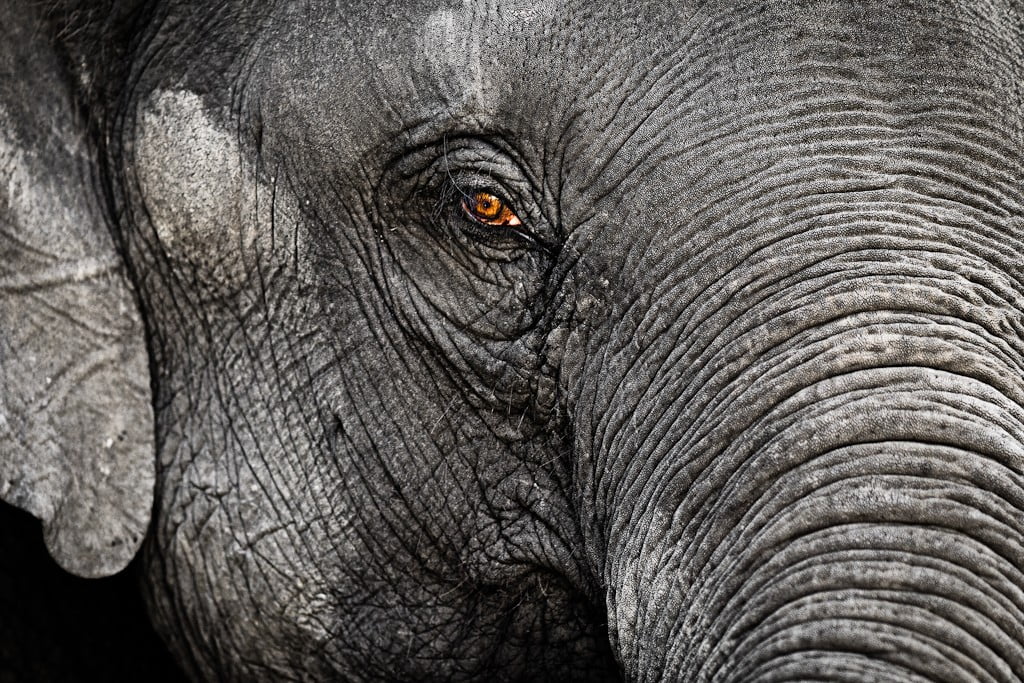A new study reveals that elephants fend off cancer better than humans. Now, a team of researchers at the Technion – Israel Institute of Technology want to recreate in humans what elephants have naturally.
For years, scientists have wondered why elephants and other large mammals are less prone to cancer than humans. 4.8 percent of known elephant deaths are related to cancer, whereas the rate in humans in somewhere between 11 and 25 percent. The phenomenon, called Peto’s Paradox, is particularly puzzling to scientists because elephants have many more cells than humans do, and all other things being equal, elephants should incur a higher incidence of cancer.
SEE ALSO: New Israeli Cancer Vaccine Triggers Response In 90% Of Cancer Types
However research published last week in the Journal of the American Medical Association offers some explanations that could turn this paradox into a potential cancer treatment. Led by pediatric oncologist Dr Joshua Schiffman of the Huntsman Cancer Institute in Salt Lake City, the three year study revealed that African elephants have 20 copies (40 alleles) of a tumor-suppressing gene called P53. Humans, by contrast, have only one copy (two alleles). The extra copies of the gene, the paper suggests, is what enables elephants to defend against cancer.
An old friend
Scientists have known about P53 since its discovery in the 1970s. Research labs in the US, the UK and Israel independently identified the gene, and its cancer fighting properties were discovered in 1989 at Johns Hopkins University.
However, Schiffman’s study, as well research at the University of Chicago, shows that the gene behaves differently in humans than it does in elephants. In humans, the gene tries repair genetic mutations, hence its epithet, “the guardian of the genome.” In elephants, P53 kills off cancerous cells without trying repair them, thus reducing the overall probability that cancer develops. “If you kill the damaged cell, it’s gone, and it can’t turn into cancer,” explains Schiffman. “This may be more effective of an approach to cancer prevention than trying to stop a mutated cell from dividing and not being able to completely repair itself.”
Sign up for our free weekly newsletter
SubscribeFrom lab to bedside
To translate his research into treatment, Schiffman is partnering with Technion Professor of Chemical Engineering, Avi Schroeder. The two met four months ago at a pediatric oncology conference at Rambam Medical Center in Haifa, and have already begun working together. “As part of the collaboration between the University of Utah and the Technion, we will be able to translate 55 million years of the elephant’s evolution into the benefit of cancer patients,” Schiffman says.
Yet their greatest difficulty is not how to replicate P53, but how to deploy it. “The biggest challenge in dealing with tumors,” explains Prof Schroeder, “is secondary tumors – metastasis. This is because these tumors are small, unpredictable and very scattered, and they attack a patient whose immune system is already weakened, following the primary tumor. The minuscule platforms that we are developing know how to identify diseased tissue and release the drug they are carrying to the precise location.”

“P53 is one of the most important mechanisms in cancer and it’s relevant to almost all types of cancer,” said Prof Schroeder. Courtesy
To fully implement Schiffman’s research, Prof Schroeder has organized a group of biomedical and chemical engineers to develop nano-cells that will deliver the P53 to diseased cells, first in computer models of the disease and then in vivo.
SEE ALSO: Israeli Researchers Discover Cancer Suppressing Proteins
If they are successful, scientist in the future may be able to use the same platform to deploy other cancer fighting proteins.
Related posts

Israeli Medical Technologies That Could Change The World

Harnessing Our Own Bodies For Side Effect-Free Weight Loss

Missing Protein Could Unlock Treatment For Aggressive Lung Cancer





Facebook comments